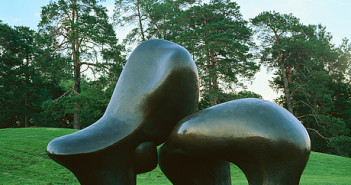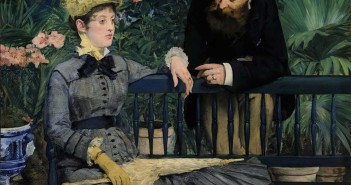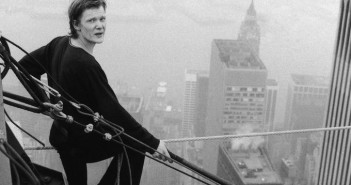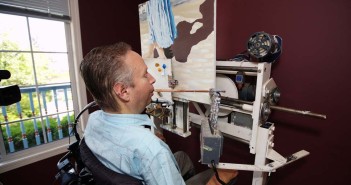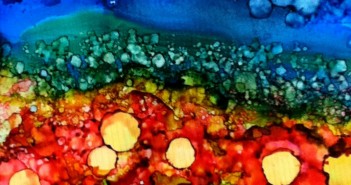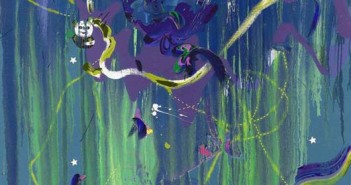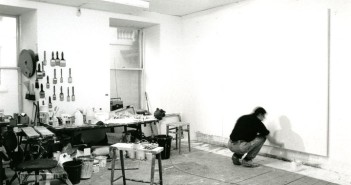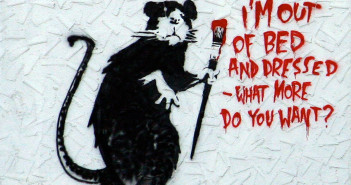
Your own brand
Here on Kauai there are a lot of people with “Tommy” written on their clothing. When you think of “branding,” names like Coke, Nike and Marlborough also come to mind. A long way from the world of art. Art has integrity, uniqueness, we like to think. It’s perhaps surprising that people would walk around advertising Tommy Hilfiger — the guy that actually took their money for the duds. Then again, we artists do something similar:

